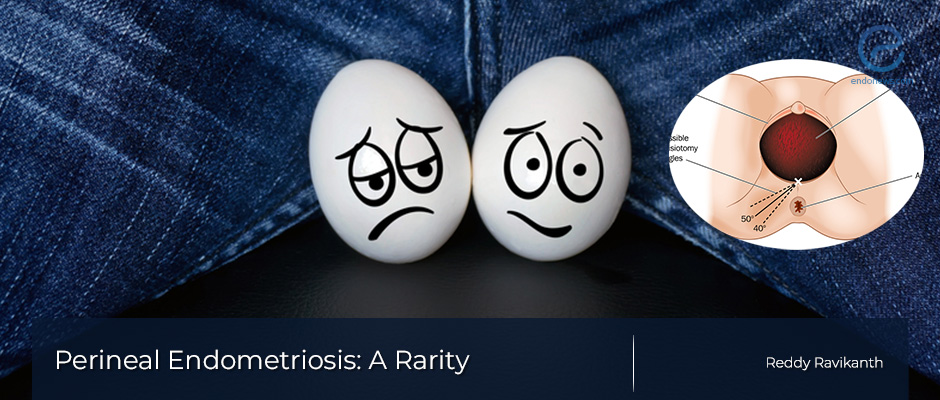A rare location of endometriosis: Perineum
Sep 28, 2018
Perineal endometriosis is diagnosed late in general.
Key Points
Highlights:
- Hormonal suppression and surgical excision are the choices of therapy for extrapelvic endometriosis.
- Sonography and magnetic resonance imaging are helpful in the diagnosis.
Importance:
- The diagnosis of perineal endometriosis should be made if a perineal tear or episiotomy during vaginal delivery presents, a tender nodule or mass at the perineal lesion exists, and progressive and cyclic perineal pain occur in the same person.
What’s done here?
- The physician discusses a rare case of perineal endometriosis.
Key Points:
- The patient was a 28-year-old G1P1 woman presented with a 6-month history of a painful palpable lesion within the right perineum during menstruation.
- Six months after her delivery, she developed cyclical pain without bloody discharge at the episiotomy site.
- A hard nodule was felt at the scar site on examination.
- On transperineal ultrasonography, a focal hypoechoic lesion with small cystic spaces was seen in the subcutaneous area of the right perineal region.
- The pre-diagnosis of perineal endometriosis was confirmed histopathologically after the excision of the mass.
Lay Summary
A rare case of perineal endometriosis is reported by Dr. Ravikant, from India, and has been recently published in the "Journal of Medical Ultrasound".
The patient, a 28-year-old woman with one living child, presented with a 6-month history of a painful palpable lesion within the right perineum during menstruation. Six months after her delivery, she developed cyclical pain without bloody discharge at the episiotomy site. A hard nodule was felt at the scar area on examination.
A focal hypoechoic lesion with small cystic spaces was seen in the subcutaneous plane of the right perineal region by transperineal ultrasonography. With the pre-diagnosis of perineal endometriosis, the mass was surgically removed. The diagnosis of endometriosis was confirmed histopathologically.
Since perineal endometriosis is diagnosed late, it is important to notice its typical clinical characteristics including a past perineal tear or episiotomy during vaginal delivery, a tender nodule, or mass at the perineal lesion, and progressive and cyclic perineal pain. Sonography is useful in detecting the depth of invasion, the nature, and the precise size of the perineal mass. In the diagnosis of deep lesions, magnetic resonance imaging is useful.
In the treatment of endometriosis, gonadotropin-releasing hormone agonists are the first-treatment choice. In case hormonal suppression therapy is unsuccessful, perineal endometrioma should be surgically excised.
Research Source: https://pubmed.ncbi.nlm.nih.gov/30662156/
endometriosis perineum scar episiotomy extrapelvic

